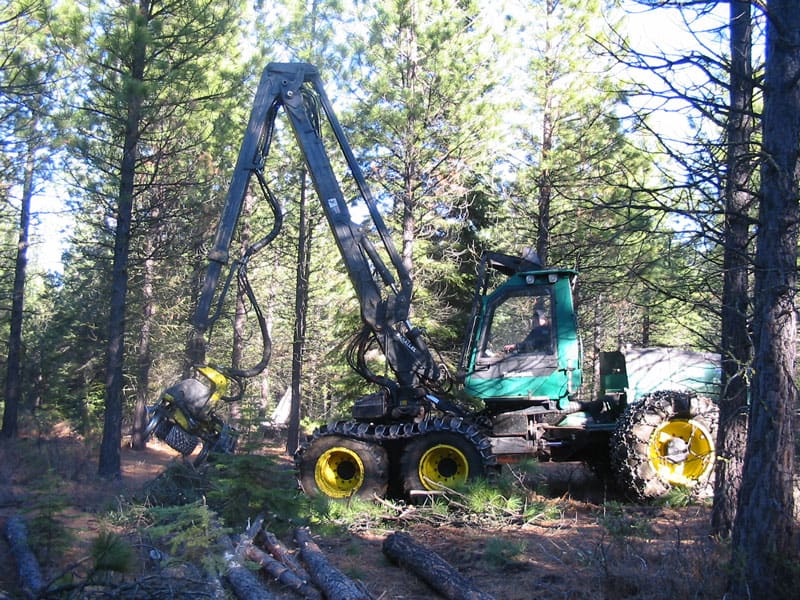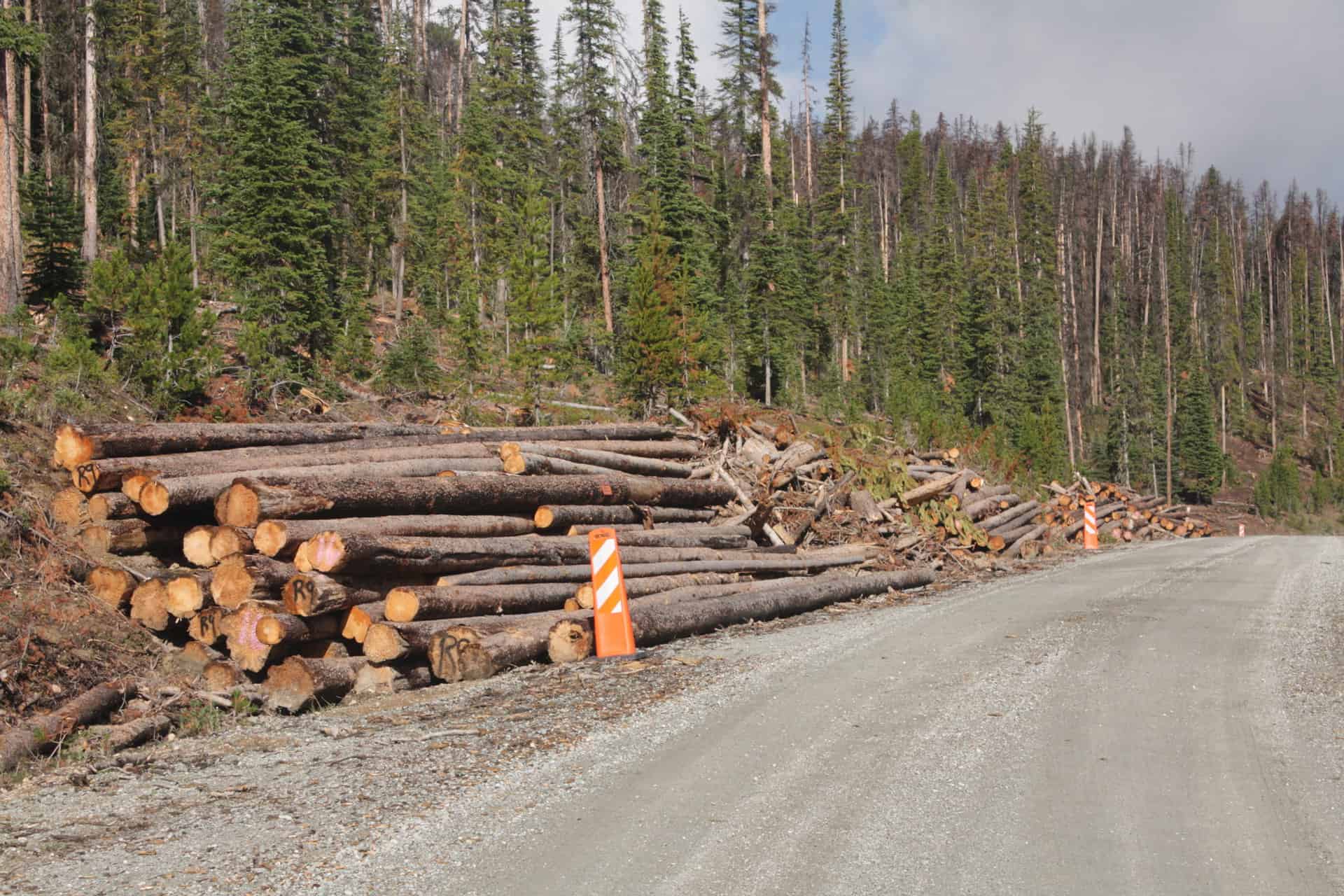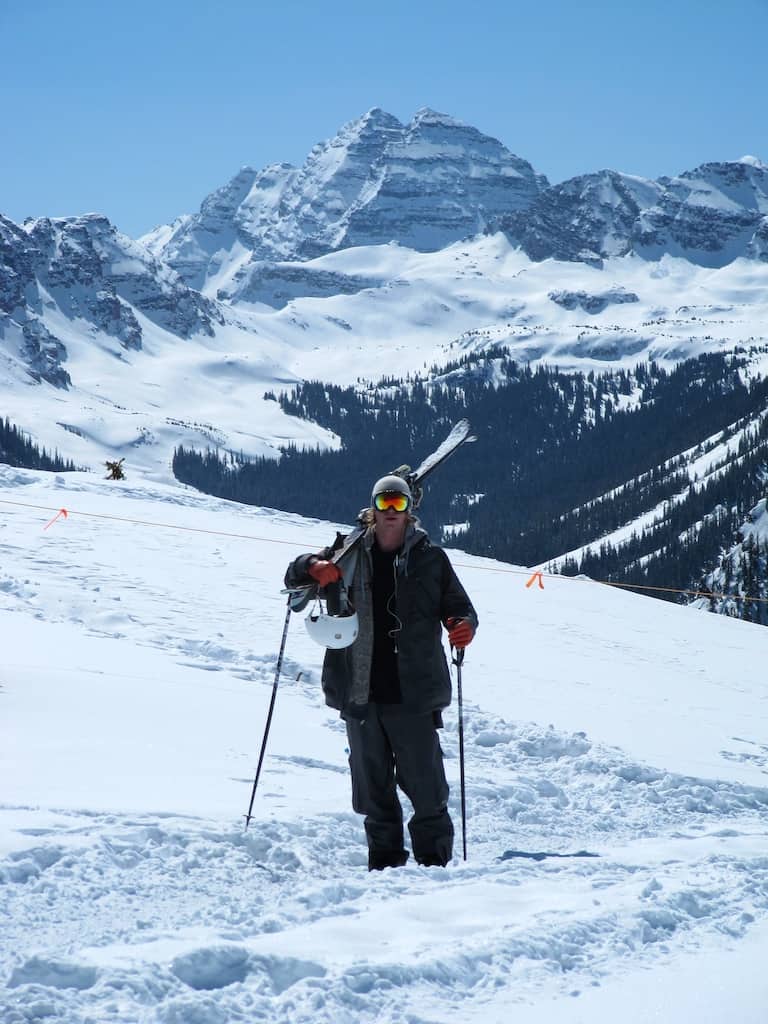Mark Squillace is a law professor and the Director of the Natural Resources Law Center at the University of Colorado Law School. Some of his views on the process-related issues surrounding the current round of forest planning are set out in a post titled Engaging the Public in the Latest Round of Rulemaking on Forest Planning on the Red Lodge Clearinghouse blog.
After two days of intense discussion about the forest planning process at the May 11-12, 2010 workshop in Rockville, Maryland, I’d like to offer these observations while they are fresh in my mind. First, kudos to the Forest Service and the Meridian Institute for establishing such an open and effective process for engaging the public. I have written more specifically about the process on the Red Lodge Clearinghouse website and those comments can be found here. In this post, I would like to suggest a few principles that I believe should govern the rulemaking process for forest planning and a few ideas for establishing a process that reflects those principles.
First and foremost, the Forest Service must not lose sight of the fact that the central problem with the current framework for forest planning is that it is too complex. As a result of this complexity, plans often take many years to develop, and their very complexity invites appeals and litigation. Let’s not ask too much of our forest plans. They should offer a vision for the future management and use of discrete areas and not much more. They should be simple enough that they can be completed within a year – two at the very outside. They should be relatively short – no more than 150 pages, and they should be accessible to the general public so that the general public can meaningfully participate in the planning process. Plans are likely to be most accessible if the alternatives that are being considered can largely be understood by looking at series of maps reflecting the alternative visions for forest management.
The complexity contained in most of our current plans relates largely to the fact that the Forest Service has historically used the plans to establish detailed standards and guidelines for managing particular forest resources. My sense is that this largely traces back to the Forest Service’s belief back in the early 1980’s that forest plans developed under the 1982 rules could essentially govern all future decisions on the forest, at least until a new forest plan was developed. I think we know now that this model does not work. Yet the Forest Service still seems to cling to the belief that more complex forest plans will make project level decisions easier. If they stepped back and thought about this they would surely realize that more complex plans do not make anything easier.
This leads to my recommendation that the planning rules should establish a process for “tiered planning.” Tiered planning borrows a concept from NEPA. Under a tiered planning regime the Forest Service would first develop a large scale, “bird’s eye” vision for the forest that would meet the basic legal requirements of NFMA for land and resource management plans. This would involve a NEPA process that considers various alternative visions for a forest, before a final vision is chosen. Among the decisions to be made at this large scale level would be what resources on that particular forest required separate resource specific plans. The large scale plan would guide the Forest Service in the development of these sub-level, tiered (and integrated) plans for the particular resources identified during the land use planning process. These tiered resource-specific plans would be accompanied by separate NEPA processes and separate opportunities for review. Different forests would need different resource plans. Project level decisions that relate to particular resources studied in a sublevel plan would then fall under a third tier, but since not all forest resources would necessarily require a sub-level plan, some project level proposals might simply flow from the large scale plan itself.
Breaking down plans into component parts, as the proposed tiering process would do, will not necessarily lead to less work for the Forest Service up front. But it will allow the basic plan – the vision document – to be developed more easily and more quickly, and it will allow conflicts and controversies to be better isolated to particular resources While tiered planning might be criticized for failing to promote sufficient integration of resource-specific assessments with land use decisions as required by NFMA, the Forest Service can address this problem simply by adhering to the basic principles of tiering articulated in the Council on Environmental Quality rules implementing NEPA. In particular, those rules describe “tiering” as appropriate when “it helps the …agency focus on issues that are ripe” and “exclude[s] from consideration issues … not yet ripe.” 40 CFR 1508.28(b). By divorcing the planning choices from the choices relating to specific resources, the Forest Service can put off consideration of those resource specific issues until the agency is ready to consider whether and how specific resources should be used.
Another great advantage of tiered planning is its potential for engaging the public in a more meaningful way. Tiered planning can achieve this goal because it allows interested parties to be involved at whatever level of detail they desire. Those most interest in the particular type of land uses that are going to be allowed on particular tracts of lands (or perhaps over the entire forest landscape) can participate only on the land use level decisions, with some confidence that the choices made during this large scale planning process will be honored as sub-level decisions are made. Those interested in the development, use, or management of particular forest resources can focus their attention on particular resource plans or project level decisions involving those resources and those lands where particular resources are authorized for use.
I want to conclude with one general observation about the current process. Even as I applaud the Forest Service for initiating this ambitious exercise in civic engagement, the agency should recognize that one of the risks associated with this process is that it invites even greater complexity in planning. The natural tendency of participants asked to consider ways to improve forest plans is to suggest additional requirements that might be imposed on forest planners. For all of the reasons expressed above, making forest plans more complex than they already are would be a huge mistake, even if, in the abstract, we might agree on an idea for further improving forest plans. A great example of this comes from the workshop and concerns the request to participants that they consider “restoration and resiliency” as one of six issues for forest plans. Understandably, most people think that restoration of degraded forest resources and managing forest resources to promote resiliency are generally good things. I don’t disagree. But restoration and resiliency cannot and should not be treated as ends in themselves. Indeed, it is generally accepted that restoration of degraded lands to their original condition is probably not possible, and maybe not even desirable. More importantly, restoration and resiliency should be seen for what they are – tools that might (or might not) help to achieve the goals and objectives established in a forest plan.
The elusive goal of finding a better way to do forest planning will only be achieved if we come to grips with the fundamental problem associated with the current process. It’s too complex. We need to rethink forest planning in ways that will allow forest plans to be concise, accessible to the general public, and developed and implemented within a reasonable period of time. I appreciate the fact that it won’t be easy. But I nonetheless believe that it can be done.






